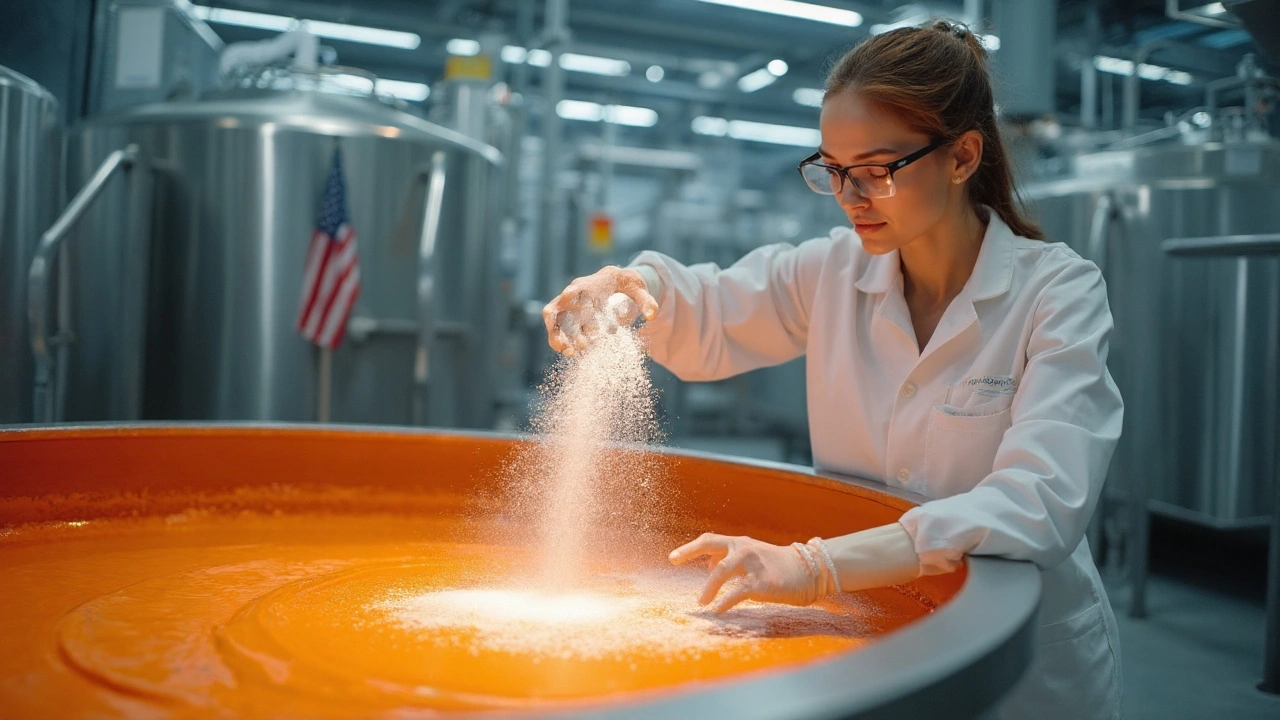Flame Retardant Additive: Basics, Benefits, and Safety
If you’ve ever wondered why your couch, electronics, or building materials don’t catch fire instantly, the answer is often a flame retardant additive. These chemicals are mixed into plastics, fabrics, and other materials to slow down or stop a fire. They work by interfering with the combustion process, giving people more time to escape and reducing damage.
Most everyday items you touch contain some kind of flame retardant. From the wiring in your phone to the upholstery in your car, manufacturers add these substances to meet fire‑safety codes and protect consumers. The good news is that many modern additives are designed to be effective without being overly toxic, but not all of them are equal.
How Flame Retardant Additives Work
There are three main ways a flame retardant can act. First, some additives release water or other gases when heated, which cools the material and dilutes the flammable gases around it. Second, certain chemicals create a thin char layer on the surface, acting like a barrier that slows heat transfer. Third, a few additives interrupt the chemical reactions that fuel the fire, essentially cutting off the fire’s ‘fuel supply’. The exact mechanism depends on the type of additive and the material it’s mixed with.
Common additive families include halogenated compounds (like brominated flame retardants), organophosphates, and inorganic minerals such as aluminum hydroxide. Halogenated versions are very effective but have raised health concerns because they can release toxic dioxins when burned. Organophosphates and mineral‑based additives tend to be safer, though they may require higher loading levels to achieve the same fire‑resistance.
Choosing Safe Additives & Following Regulations
When selecting a flame retardant, start by checking the relevant standards for your market. In the US, you’ll see standards like UL 94 for plastics, while Europe follows REACH and the Construction Products Regulation. These rules set limits on the types of additives you can use and the amount allowed.
Look for additives that have third‑party safety data, such as low acute toxicity, minimal endocrine disruption, and good environmental profiles. Manufacturers often publish material safety data sheets (MSDS) that detail these aspects. If you’re a DIY hobbyist, opting for products labeled “halogen‑free” or “non‑toxic” can reduce exposure risks.
Proper handling is key. Wear gloves and a mask when mixing large quantities, ensure good ventilation, and store the chemicals away from heat sources. If a fire does occur, remember that some flame retardants can produce hazardous smoke. Having an appropriate fire extinguisher nearby and knowing how to evacuate safely are essential steps.
Finally, stay updated. The science around flame retardants evolves quickly, and regulations can change. Subscribing to industry newsletters or checking government agency updates will keep you informed about new safer alternatives and phase‑out schedules for older, riskier compounds.
In short, flame retardant additives are powerful tools for fire safety, but they need to be chosen and used wisely. By understanding how they work, checking safety data, and following local regulations, you can enjoy the protection they offer without compromising health or the environment.
How Aluminium Hydroxide Powers Modern Paints and Coatings
Explore why aluminium hydroxide is a game‑changer in paint and coatings, from filler performance to flame‑retardant protection, processing tips and safety considerations.
